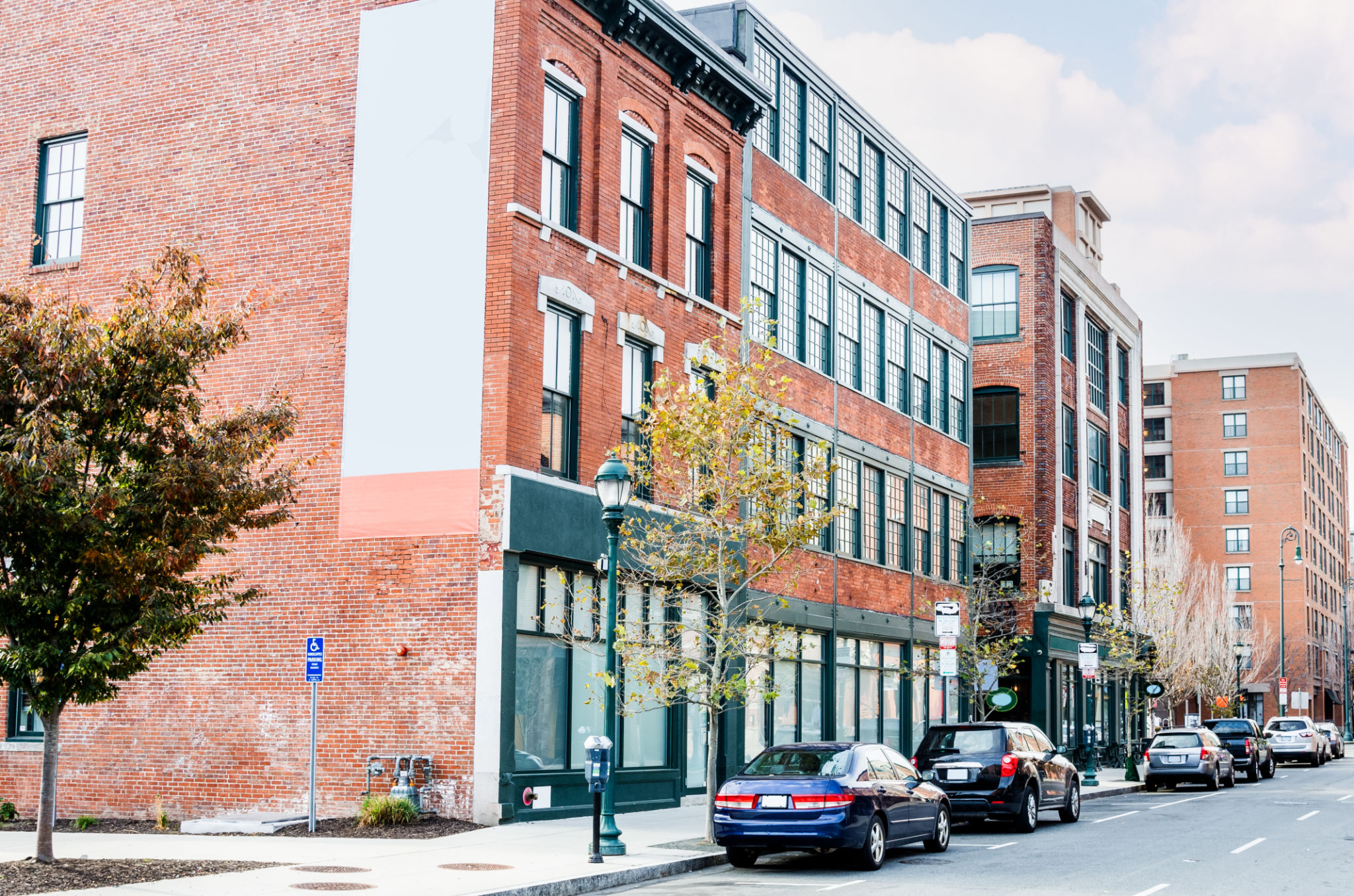Seasonal Trends in Connecticut's Commercial Real Estate: What to Expect
Understanding Seasonal Trends in Connecticut's Commercial Real Estate
Connecticut's commercial real estate market is a dynamic landscape that experiences various seasonal fluctuations. Understanding these trends can be crucial for investors, developers, and business owners looking to make informed decisions. In this blog post, we explore the nuances of these seasonal changes and what they mean for stakeholders in the industry.

The Impact of Weather and Climate
The weather plays a significant role in Connecticut's commercial real estate trends. Winter months often see a slowdown in construction activities due to harsh weather conditions, impacting project timelines and costs. On the other hand, summer brings an uptick in construction as the favorable weather allows projects to progress more swiftly.
Furthermore, businesses tend to delay relocations or expansions during winter, leading to lower transaction volumes. As spring approaches, there's usually an increase in market activity as businesses prepare for the more active summer season.
Market Demand Variations Throughout the Year
Seasonal demand variations are evident in Connecticut's commercial real estate market. Retail spaces often experience higher demand during the holiday season, especially from October to December, as businesses aim to capitalize on increased consumer spending.

Office spaces, however, might see fluctuating demands based on corporate fiscal calendars and strategic planning cycles. Many companies use the first quarter to reassess their office space needs, leading to increased leasing activity in the spring.
Investment Opportunities and Challenges
Investors need to be aware of the seasonal opportunities and challenges. For example, property prices may dip slightly during the winter months when transaction volumes are lower. This period can be advantageous for investors looking to purchase at a reduced cost.
- Winter: Potential for lower property prices
- Spring: Increased market activity and competitive pricing
- Summer: High construction activity, potential for new developments
- Fall: Retail-focused investments gain traction

The Role of Local Events and Festivals
Connecticut hosts numerous local events and festivals throughout the year, which can also affect commercial real estate trends. These events can lead to temporary spikes in demand for retail and hospitality spaces as businesses seek to leverage increased foot traffic.
For instance, during major events like the Hartford Jazz Festival or the Connecticut Wine Festival, local businesses may expand operations or seek temporary space to accommodate the influx of visitors. Such trends provide unique short-term investment opportunities for savvy investors.
Navigating Future Trends
Looking ahead, stakeholders in Connecticut's commercial real estate market must remain adaptable to shifting seasonal trends. By understanding these patterns, businesses can better plan their strategies and maximize their investments.
As remote work continues to influence office space demand, and consumer preferences evolve, staying informed about these seasonal fluctuations will be paramount for sustained success in the market.